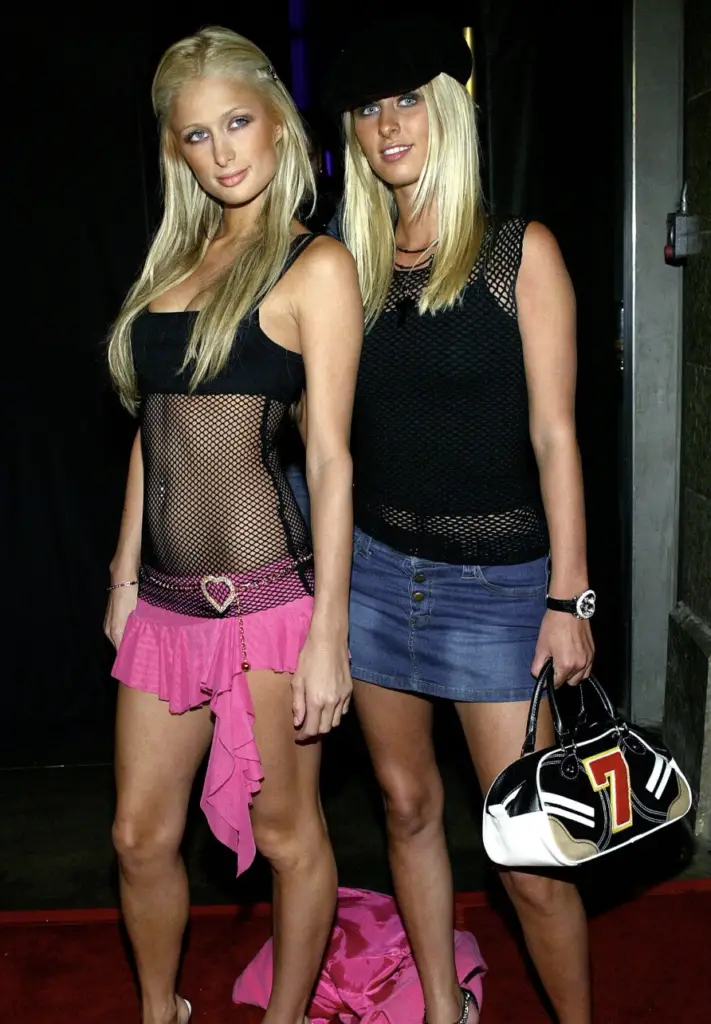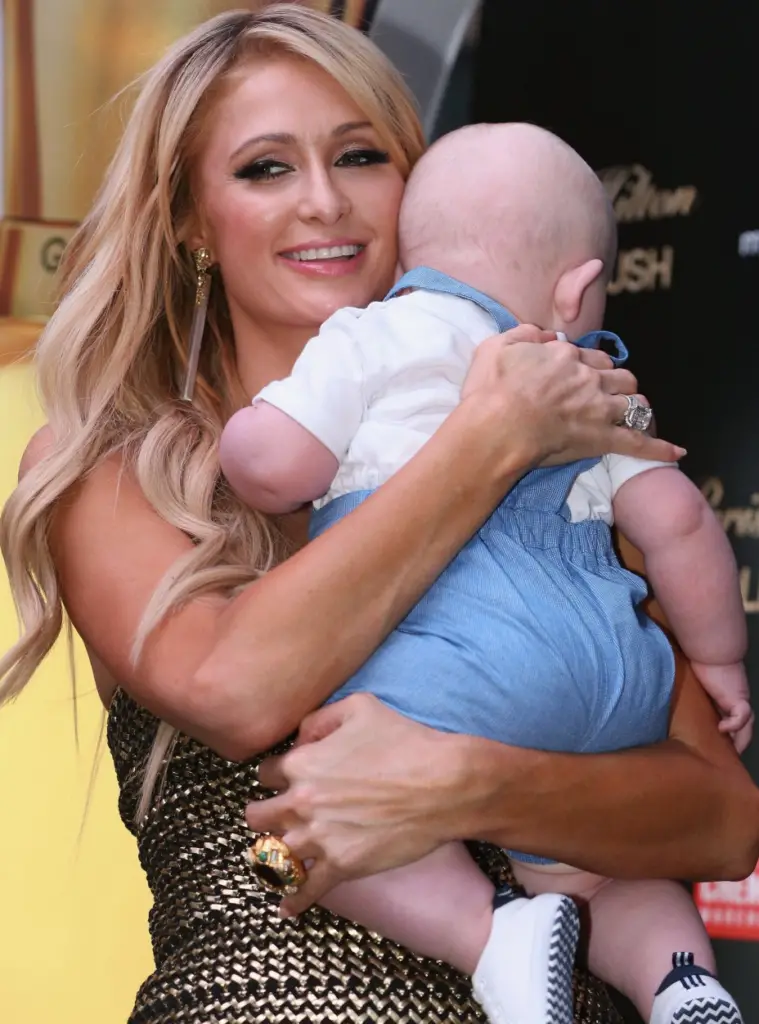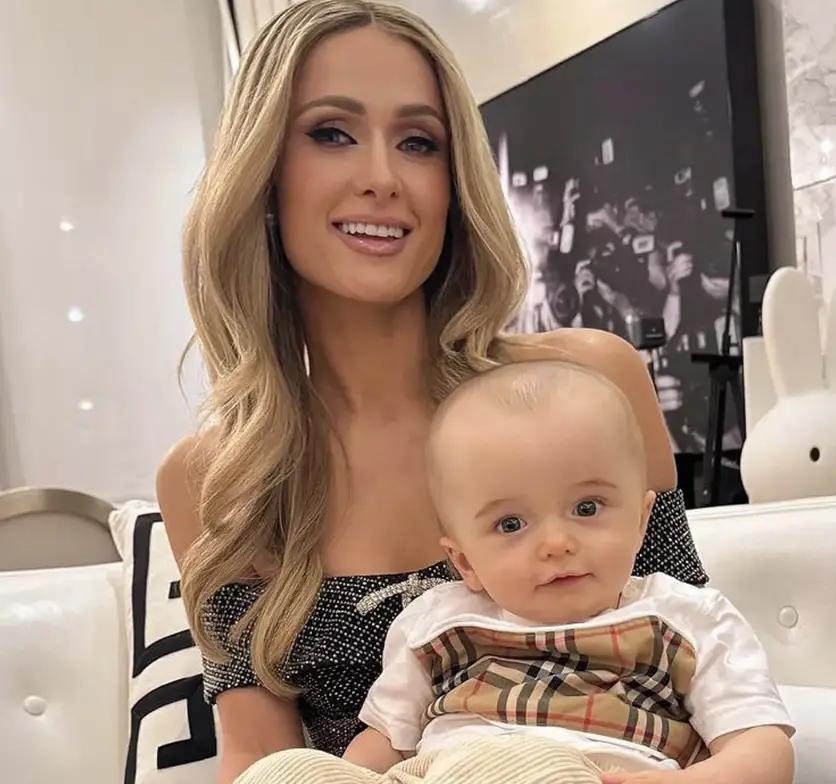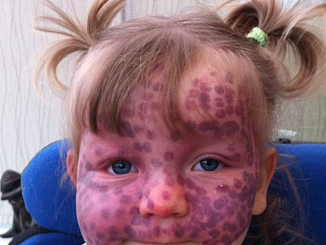Homelessness is a problem that many cities face around the world. Even though governments and organizations are trying to fix it, it’s still a big issue. One Canadian millionaire decided to make a difference in his own town with his money. Here’s his story.
In Fredericton, New Brunswick, Marcel LeBrun, a millionaire entrepreneur, took action to help homeless people in his community. Marcel, who made a lot of money from his successful social media monitoring company, decided to invest $4 million of his own money to build 99 tiny homes for those in need. He didn’t just stop at providing homes; he also created job opportunities with his unique approach. This project is called 12 Neighbours.
After selling his company and gaining a lot of wealth, Marcel wanted to use his money for good. Seeing the homelessness issue in Fredericton, he came up with the idea of a tiny home community to give homeless people a new start. He named his project 12 Neighbours and aimed to build a gated community with 99 homes and an enterprise center. This community offers both housing and job opportunities, giving homeless people a chance to rebuild their lives.

Homelessness is a big issue in New Brunswick, with about 1,600 people experiencing it in a single day last year. In bigger cities like San Francisco, Los Angeles, and New York in the United States, the number of homeless people is much higher. Marcel LeBrun saw a chance to make a difference and decided to help those struggling with homelessness.
Marcel’s project, 12 Neighbours, is not just about building tiny homes. He wants to create a supportive community for people. The tiny homes he’s building are more than just places to stay. They are fully-furnished with kitchens, living areas, bedrooms, and full bathrooms. They even have solar panels on the roofs. Marcel sees himself as a community builder, aiming to provide a better life for those in need.

To make his vision a reality, Marcel LeBrun set up a factory where skilled volunteers help build the tiny homes. Using modern techniques, the factory can produce one tiny home every four business days. Once a home is built, it is carefully placed on concrete blocks to form the foundation of the community.
Marcel believes that owning a home is important because it gives people a sense of responsibility and stability. By allowing people who have experienced homelessness to own their own homes, the 12 Neighbours project aims to empower them and create a supportive community.

Besides providing homes, Marcel LeBrun’s project also focuses on creating job opportunities for the residents. The 12 Neighbours community includes an enterprise center with a coffee bar and a silk printing business, both run by the residents. This helps generate income and encourages residents to interact with the wider community.
Like any big project, 12 Neighbours has faced criticism. Some people think it’s better to reintegrate homeless individuals directly into society rather than keeping them together in one place. However, Marcel understands these concerns and has taken steps to ensure the community is safe and supportive.
Marcel explained, “Building a few homes is just as complicated as building many, and we wanted to make a real impact on homelessness in Fredericton. If we want to make a meaningful difference, we need to build houses. If I take someone who’s been living outside and put them in a luxury apartment, they might not succeed because it’s not their community or environment.”

Marcel LeBrun knows how important safety is, so he has included top security features in the 12 Neighbours community. There are gated entrances and advanced surveillance systems to ensure residents feel safe and protected.
LeBrun mentioned that some residents face challenges when they first move in. He explained, “When someone moves into a house, they might have others trying to take advantage of them. They need to learn what it means to manage their own space and decide who they let in and out.”
One of the main goals of 12 Neighbours is to build a strong sense of community both inside and outside its gates. LeBrun wants to create a place where residents and the people of Fredericton can come together. The community has a coffee bar and a personalized printing business to encourage interaction and understanding.
LeBrun told CBC, “I see myself as a community builder. We’re not just building a small community; we’re helping to make our city better.”
Marcel LeBrun’s project to build 99 tiny homes in Fredericton, New Brunswick, is a great example of using personal success to help others. Through 12 Neighbours, he has not only provided homes for those in need but also created job opportunities and a supportive community. His efforts have given hope to many and inspired others to make a difference.
‘He just has a giant brain,’ Paris Hilton reacted strongly to internet comments about her son’s head
Paris Hilton and husband Carter Reum welcomed their first child together, Phoenix Barron, through a surrogate.
As expected, the reality TV star turned entrepreneur was over the moon to become a mother of a healthy baby boy.
And, as any mother out there, Hilton has been eager to share a photo of her no 9-month-old baby on the social media. On October 19, she posted a cute image of herself and her son with the caption, “My precious angel baby Phoenix’s first time in NYC.”

Sadly, however, people can be cruel at times and they don’t seem to spare anyone from criticism, especially celebrities.
Out of nowhere, the comment section under her post was filled with cruel words mocking the baby. Many of the remarks were focused on the toddler’s head size.
“You need to have your baby evaluated by a pediatric neurosurgeon, he has a pretty large fontanelle (soft spot) and macrocrania, he would likely need a MRI or US to rule out blockage of spinal fluid in his brain to be on the safe side,” one person wrote.
Added another: “Does he have encephalitis? Like what is actually going on I’m not trying to be rude that doesn’t seem normal.”

The comments Hilton received about the looks of her son were beyond cruel, and she decided to stand up for him.
On X, Hilton wrote, “Living life in the spotlight, comments are inevitable, but targeting my child, or anyone else’s for that matter, is unacceptable.
“This hurts my heart more deeply than words can describe,” the television personality said.
“I’ve worked hard to cultivate an environment that is all about love, respect, and acceptance, and I expect the same in return,” she continued.
“If I don’t post my baby, people assume I’m not a great mother, and if I do post him, there are some people who are cruel and hateful. I’m a proud working mom, and my baby is perfectly healthy, adorable and angelic.”

She ended the post by saying that she hopes that “people can treat one another with more kindness and empathy.”
Triggered by another mean comment on TikTok, Hilton explained, “There are some sick people in this world. My angel is perfectly healthy. And yes, of course, he has been to a doctor; he just has a large brain.”
Speaking to People, Hilton shared that she gets help from her family and loved ones in raising Phoenix Barron. “[My parents] are just so obsessed with him,” Hilton said. “I’m always calling my mom and my sister [Nicky Hilton] for advice, and I’m really lucky that I’m so close with my family, so I have such a big support group.”

We are so very sorry Hilton and her husband faced such negativity from people who don’t even know them.
No child, or any person in general, should ever be a subject of mocking and harassment.



Leave a Reply